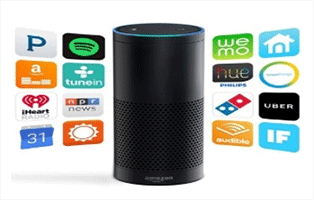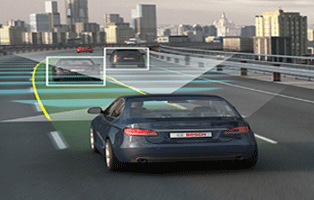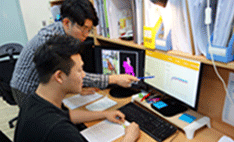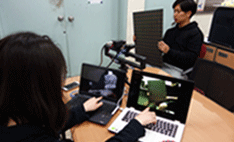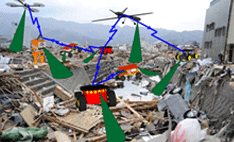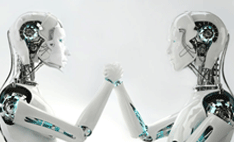InfoTelligence group studies various issues related to information processing to solve complex problems. InfoTelligence is divided into two sub-groups; Intelligent Computational Engineering (ICE) and Connected Machines and Collaborative Intelligence (CMCI). The ICE creates solutions to complex problems and new intelligence through learning, analysis, and processing of various types of signals, big data, and knowledge. Its research topics include data science and engineering, artificial intelligence and machine learning, distributed computing, and so on. The CMCI provides storage, delivery, and processing methods of information via networking. CMCI research areas are collaborative intelligence and learning, distributed and virtualized systems, intelligent networks, cyber security, etc.
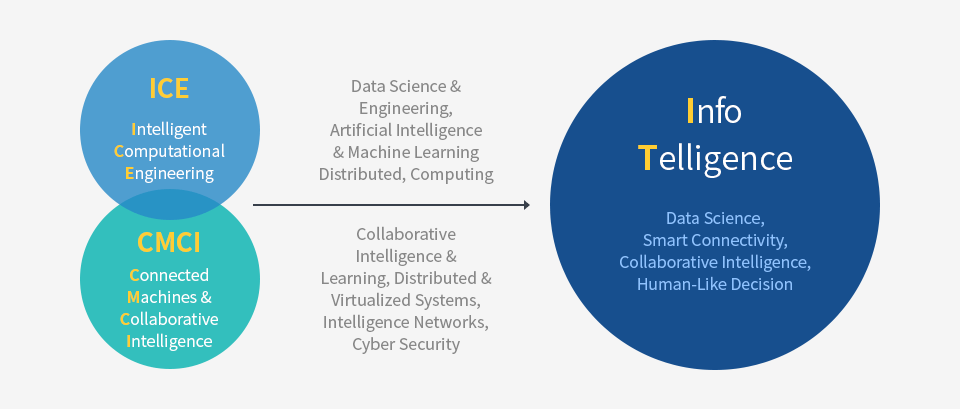
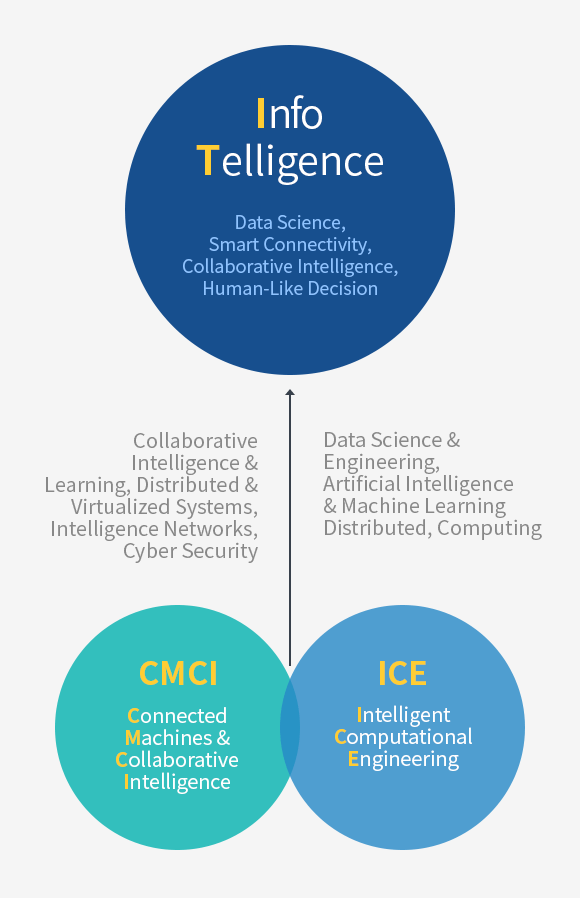

Intelligent Computational Engineering (ICE)
Intelligent Computational Engineering (ICE) explores novel methods to analyze large amount of data including texts, voice signals, images, bio-signals, and other combinational data. These methods produce new knowledge that is not obtainable through conventional mathematical and scientific models. Exemplary applications of ICE research are intelligent personal assistants (e.g., Amazon Alexa), autonomous driving (e.g., Google Car), and intelligent medical diagnosis (e.g., IBM Watson). Related undergraduate courses are Data Structures and Algorithms, Signals and Systems, Digital Signal Processing, Communication Networks, Computer Architecture, and Probabilities and Random Variables. The following faculty members are associated with the ICE.
Speech and Image Processing
Speech and image processing research develops methodologies to acquire, process, and synthesize signals from various sensors including speech, images, and videos. In particular, speech signal processing characterizes voice signals using statistical models to recognize speaker information and contents. Image processing provides techniques to analyze images or videos for image compression, image restoration, and fingerprint recognition, etc. Applications of speech and image processing also include speech recognition, medical imaging, biometrics, computer vision, computer graphics, and augmented reality. Speech and image processing is a promising research field in the forthcoming big data era.

Artificial Intelligence and Machine Learning
Artificial intelligence and machine learning develops methodologies to create machines that can learn from data and autonomously solve problems. Particular research topics are speech recognition, computer vision, and deep learning. Speech recognition and computer vision are two classical topics that extract information from voice, image or video signals. Deep learning is a relatively new research area in which neural networks emulate human brains to solve problems.
Connected Machines & Collaborative Intelligence (CMCI)
Connected Machines and Collaborative Intelligence (CMCI) explores wireless and wired networking techniques to transfer data with ultra-reliability, ultra-low latency, and high efficiency. Explosively increasing data can no longer be stored and processed in a single agent. The future of electronic ecosystem will be characterized as hyper-connected networks, where a number of agents including humans and machines communicate with each other. CMCI research also includes human-like intelligent through collaborative collection, processing, and learning of data. Associated faculty members are as follows.
| No. | Research Labs | Faculty | Locations | Extensions | Emails |
|---|---|---|---|---|---|
| 1 | Digital Communications Lab | KIM, Kwang Soon | B624 | 4863 | mkang@yonsei.ac.kr |
| 2 | Mobile Communication Lab | KIM, Dong-Ku | C222 | 2877 | dkkim@yonsei.ac.kr |
| 3 | Radio Resource Management & Optimization Lab | KIM, Seong-Lyun |
C713 |
5862 | slkim@yonsei.ac.kr |
| 4 | Communication Signal Design Lab | SONG, Hong-Yeop | B615 | 4861 | hysong@yonsei.ac.kr |
| 5 | Networking Research Lab | LEE, Jang-Won | B711 | 5869 | jangwon@yonsei.ac.kr |
| 6 | Ubiquitous Network Lab | LEE, Jaiyong | C712 | 2873 | jyl@yonsei.ac.kr |
| 7 | Image & Information Lab | CHOE, Yoon-Sik | C615 | 2774 |
yschoe@yonsei.ac.kr |
CMCI Research Areas
| Collaborative Intelligence & Learning (CI&L) | CI&L studies cyber-physical systems and multi-agent learning systems including distributed, parallel, cooperative learning among multiple agents to accomplish human-like intelligence and common mission. |
|---|---|
| Distributed & Virtualize Systems (D&VS) | D&VS studies service platforms, distributed cloud systems, software-defined networks and network function virtualization (SDN/NFV) including systems for efficient distributed cloud computing and system virtualization for system flexibility and softization. |
| Intelligent Networks (IntelliNet) | IntelliNet studies mobile and wireless networks, future Internet, and IoT including networking infrastructure for communications between heterogeneous devices and networks with ultra-reliability, ultra-low latency, and high efficiency. |
| Cyber Security (CySec) | CySec studies cryptography and network security including algorithms, encryption, intrusion detection, and access control for secure storage, delivery, and processing of information. |
CMCI Applications
| Networked Robots | Networked robots such as rescue teams in disaster areas or troops in military operations cooperate with each other to accomplish a common mission. Multiple mobile agents (e.g., robots, drones, and vehicles) construct a network and autonomously acquire, exchange, and learn information to control their movement, motion, and sensing. Networked robots are the convergence applications of cyber and physical systems. |
|---|---|
| Connected Vehicles | Connected vehicles form a network and share information about traffic and emergency situations for autonomous driving and safety. They also provide passengers with various infotainment services over the network. Geographical and temporal information obtained from moving vehicles can be used to create new services. |
| Internet of Things (IoT) and Smart X (Factory, Farm, City/Building, Energy) | IoT technology will play a key role in connecting numerous electronic devices over the network. Smart factories, farms, cities and buildings, and energy will combine networking capabilities with manufacturing, agriculture, urban infrastructures, and power plants, respectively. |




